Although computational thinking is closely associated with computer science and excelling in other STEM careers, its basic concepts can be applied in any walk of life. Simply put, computational thinking is problem-solving in its purest form.
Breaking down a problem into smaller steps, identifying patterns in similar issues, only focusing on the most critical aspects of that problem, and creating a step-by-step solution is a process that can be used all the time in life.
So, by teaching computational thinking to your students, you’re setting them up to succeed in their education and the workforce once they get there. They’ll be equipped with a skill set to help them overcome challenges that may prevent them from graduating, like a challenging class or socializing with the wrong crowd. And one that will help them navigate the ups and downs of any career, like knowing when to move on from a company or dealing with a difficult coworker.
With the benefits of computational thinking in mind, you’re probably eager to get started teaching it to your students in the most efficient way. So, here are four tips for doing just that.
Four Tips for Teaching Computational Thinking
As stated above, teaching computational thinking to your students will help them tremendously in a STEM career and many other career paths and life in general. So, implement these four tips for teaching computational thinking to equip your students with this powerful skillset.
Start with a shift in mindset
Computational thinking will require your students to think about how they solve problems in an entirely new way. So, you must get everyone on board with shifting their mindsets and learning more about how they solve problems.
Introduce concepts that complement computational thinking. For example, iterative innovation. With this thought process, you brainstorm multiple solutions for one problem and thoroughly assess the benefits of each solution to come up with the best approach. Using what’s known as the RWW framework (Real-Win-Worth), students can determine how each solution directly addresses the problem, what value they provide when used, and whether it betters their experience with the problem.
But introducing computational thinking concepts isn’t enough. Students need to apply those concepts in real life and can do so through hands-on projects and using technology.
Implement hands-on projects and the use of tech in the classroom
Many of us use technology every day to solve a problem or perform a specific function. The same goes for the technology students use in school. Identifying what issues classroom tech helps them solve and how is a significant first step in learning computational thinking. But following it up with hands-on projects is ideal.
For example, IoT, or the Internet of Things, is anything assigned an IP address that can transfer data over a network. This technology could be a laptop, heart monitor, smartwatch, or sensors built into a car. In this case, IoT technology used in the classroom could be remote teaching tools, headsets, wearable tech, education-focused tablets, and interactive boards.
Making one or more of these devices available for your students to use and asking them to describe their interaction with them is a great way to incite computational thinking. Take it a step further with a group project that’s all about taking one of these devices apart and putting it back together. They’ll learn the importance of each component and how each tells the other what to do.
Additionally, you can allow students to create original projects that display their understanding of computational thinking.
Allow students the opportunity to create
It is equally beneficial for students to construct original creations that utilize computational thinking. Having the freedom to conceptualize and create a program, tool, toy, or other device that solves a specific problem will help them appreciate all it takes to engage in computational thinking.
So, you could start with a game that makes you the robot and ask your students to give you commands to achieve a specific action. Then, ask them to create a real robot in a group project. Or, give homework that asks them to break down particular processes like doing laundry, making lasagna, or cleaning their room. Ultimately, you want to provide as many opportunities as possible for your students to practice computational thinking.
Also, don’t forget to couple your lessons on computational thinking with additional resources to really hammer home the concepts and aid students in their understanding.
Couple your lessons with external resources
Your students won’t learn everything there is to know about computational thinking strictly in the classroom. That’s why you must share external resources with your students to keep the learning going at home. And resources that you can utilize yourself to teach computational thinking more effectively will be helpful as well.
For example, you could listen to podcasts that talk about engaging students beyond the classroom in STEM education and different ways to teach it. This will help you adjust your teaching style for the good of your students when it comes to computational thinking. You could also use online resources like Data.gov, Computer Science Unplugged, and Google for Education to create lesson plans that incite computational thinking. These sites can help you develop activities that explore computer science concepts and their connection to real life and how computational thinking is used in much more than science, engineering, mathematics, and technology.
Ultimately, coming up with creative lesson plans and using reliable external resources to back them up is the most thoughtful approach to teaching computational thinking.
Conclusion
The value of computational thinking shouldn’t be overlooked. Your kids can thrive as students and eventually in the workplace with a solid understanding of computational thinking concepts and how to apply them.
So, to teach computational thinking effectively, start by getting your students to think about problem-solving differently. Then, give them hands-on projects that allow them to apply the concepts they’ve learned and space to create. And use external resources to encourage continued learning outside of the classroom.
Happy teaching,
Dan Matthews is a freelance writer and content consultant who specializes invaluable insights for a wide variety of audiences. However, he loves to focus on and emphasize the importance of the sciences as to create a better tomorrow through green technologies, sustainability, and environmental preservation.



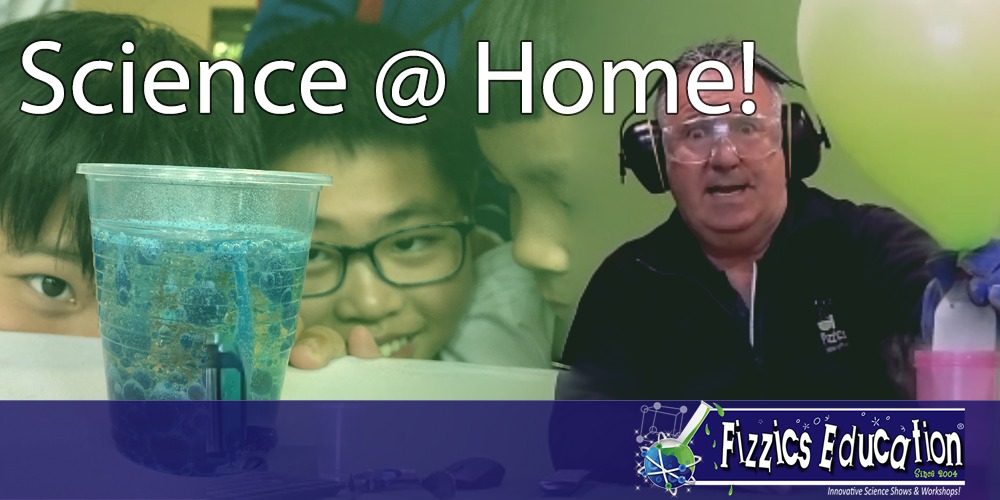

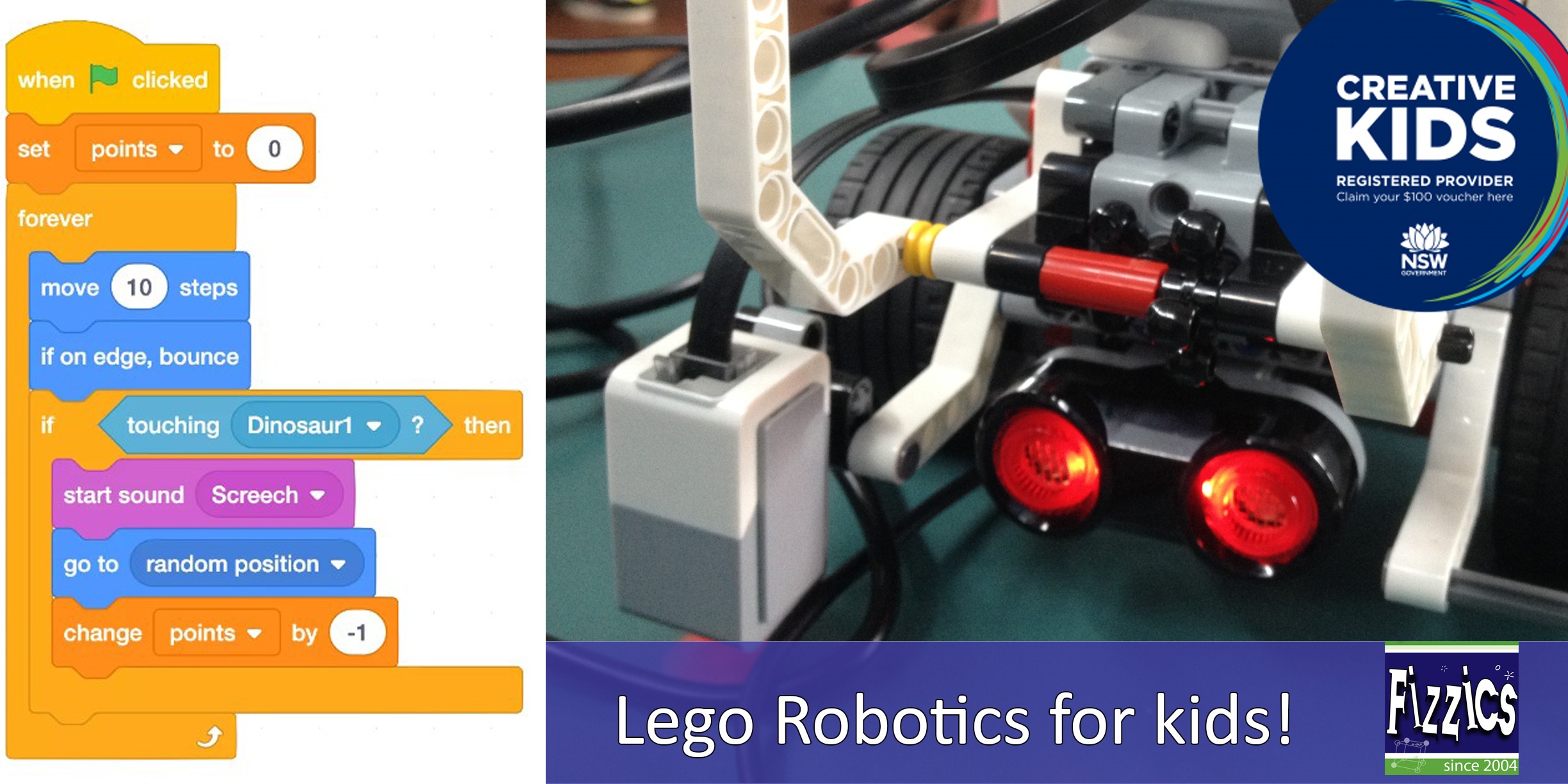
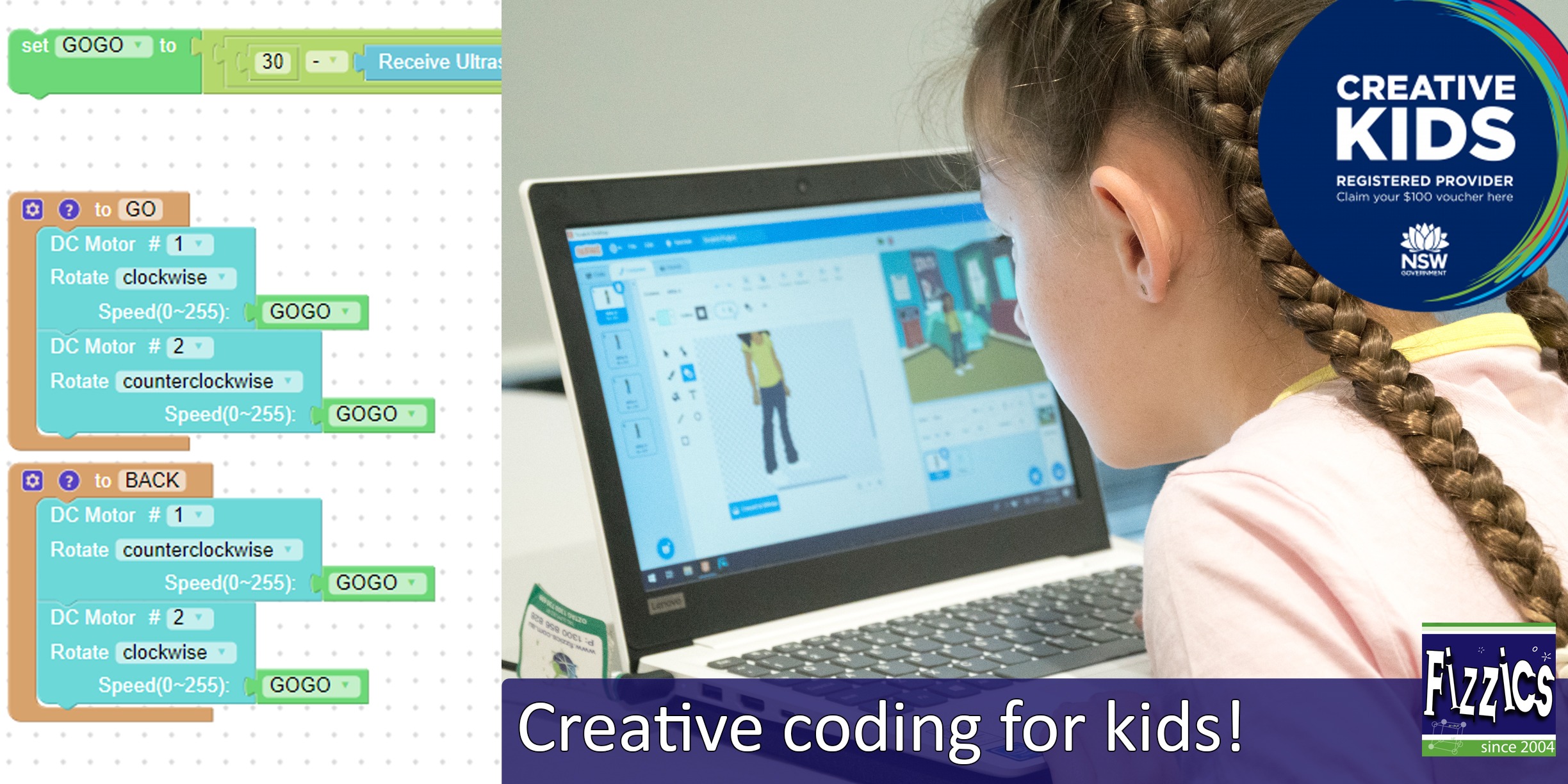
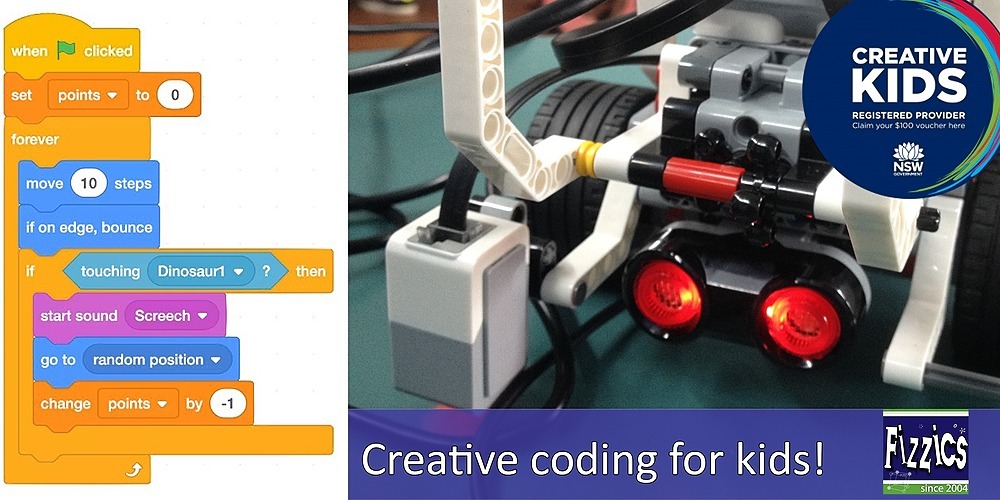





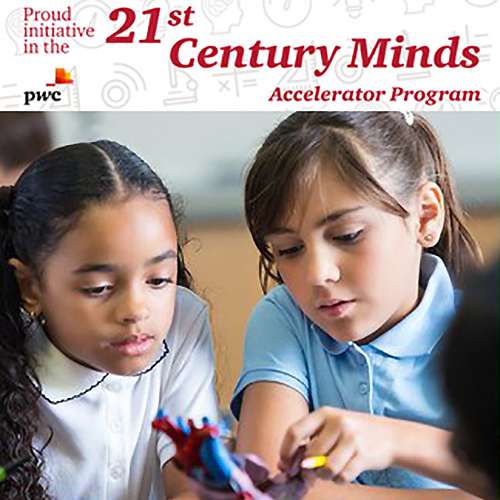







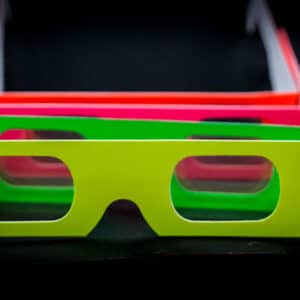



Comments